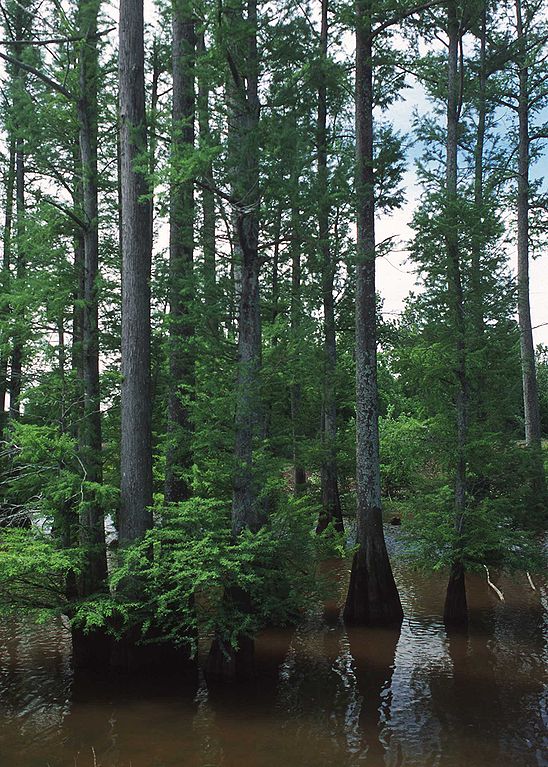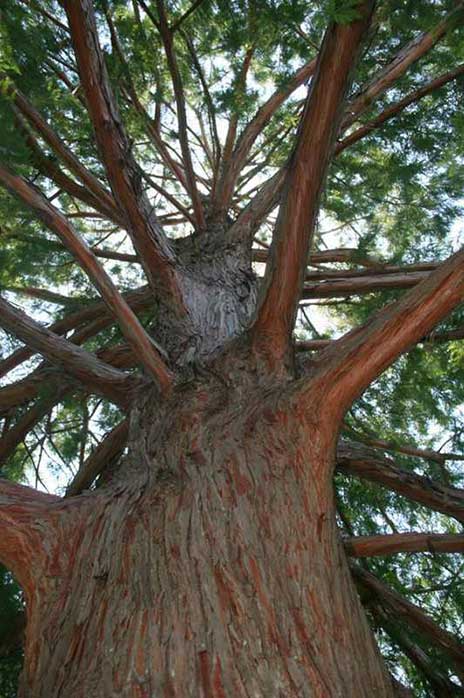taxodium
Taxodium Bald Cypress – Distichum
Taxodium distichum, commonly known as bald cypress, is a deciduous coniferous tree native to the southeastern United States. It is well-suited for a variety of landscapes due to its adaptability to different soil types and resistance to pests and diseases. The bald cypress is particularly recognized for its distinctive appearance and is often utilized in both urban and natural settings.
Bald cypress is commonly found in swampy or low-lying areas, often growing in or near water. Its native range extends from Delaware to Florida and westward to Texas, thriving in both freshwater and brackish environments. This adaptability to wet conditions makes it an excellent choice for gardens with consistently moist soil.
In landscaping, they pair well with plants that share its affinity for moist soils. Consider incorporating water-loving species such as buttonbush, swamp azalea, or cardinal flower. The tree’s unique buttressed trunk and feathery foliage also create an interesting backdrop for ferns, hostas, or other shade-tolerant perennials.
Size -Bald cypress is a large tree, typically growing 50 to 70 feet tall with a spread of 20 to 30 feet.
Light Exposure – It thrives in full sun to partial shade, adapting well to a range of light conditions.
Cones and Needles – The tree bears small, spherical cones and soft, needle-like leaves that turn a striking coppery-brown color in the fall before shedding.
Roots – Noteworthy for its “knees,” which are woody projections that emerge from the roots, providing oxygen to the tree in waterlogged conditions.
Fall Color – The bald cypress undergoes a captivating transformation in the fall, with its needles turning hues of copper, russet, and orange.
Watering – While tolerant of wet conditions, bald cypress can also withstand periods of drought once established. Regular watering is essential during the initial stages of growth.
Fertilizer – A moderate application of balanced fertilizer in early spring can support the tree’s overall health, but bald cypress is generally not overly demanding in terms of nutrient requirements.
Pruning – Pruning requirements are minimal for bald cypress. Remove any dead or damaged branches as needed, and shaping can be done in late winter or early spring to maintain a desirable form.
Category: Trees – Taxodium Bald Cypress near me


